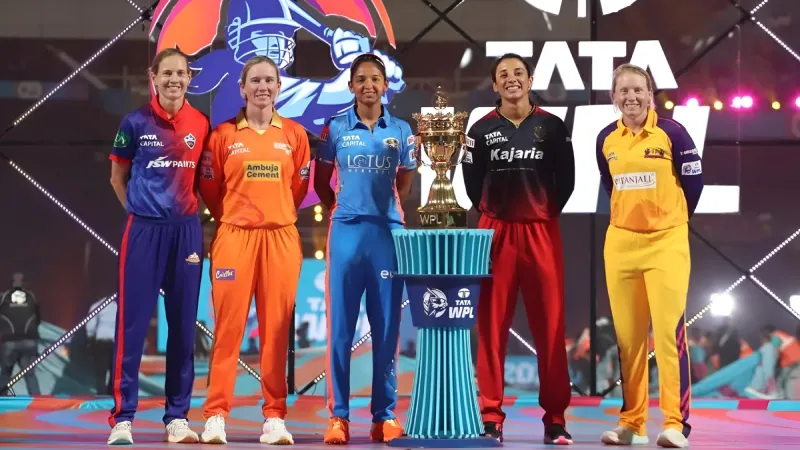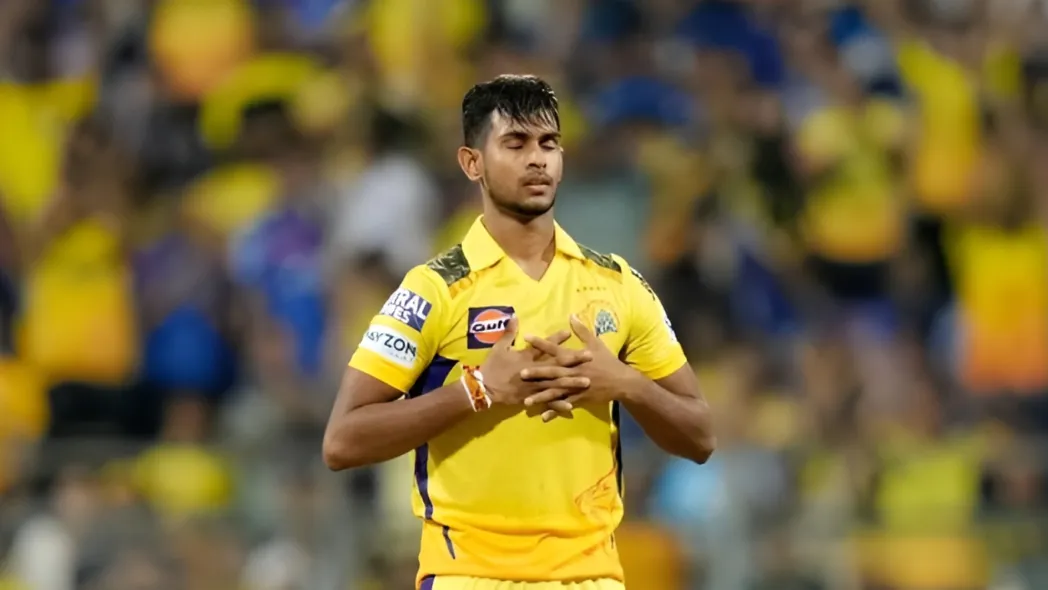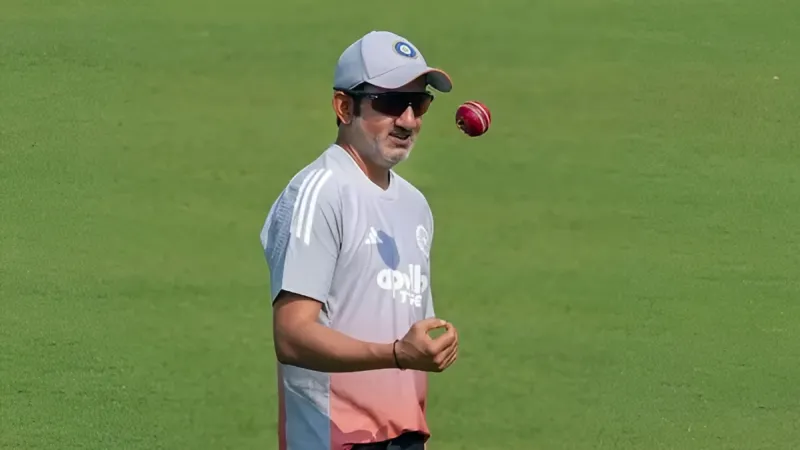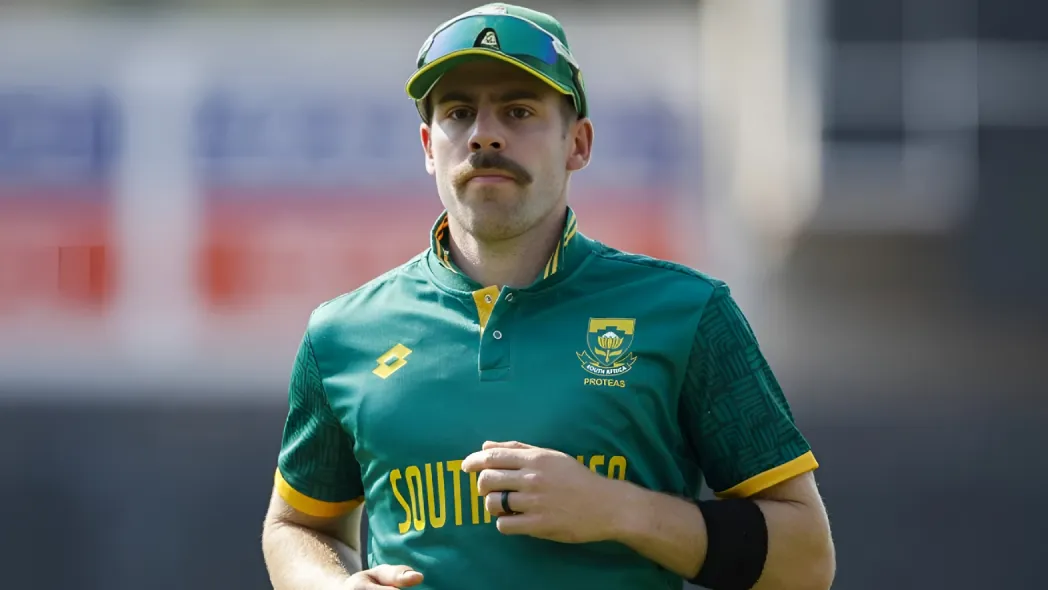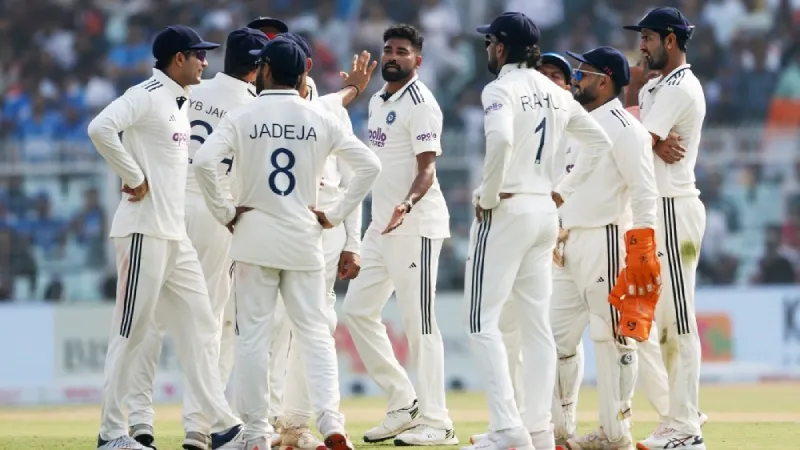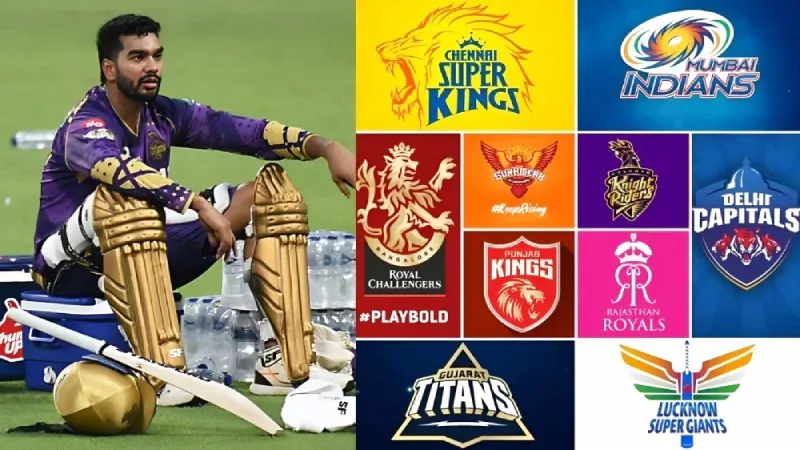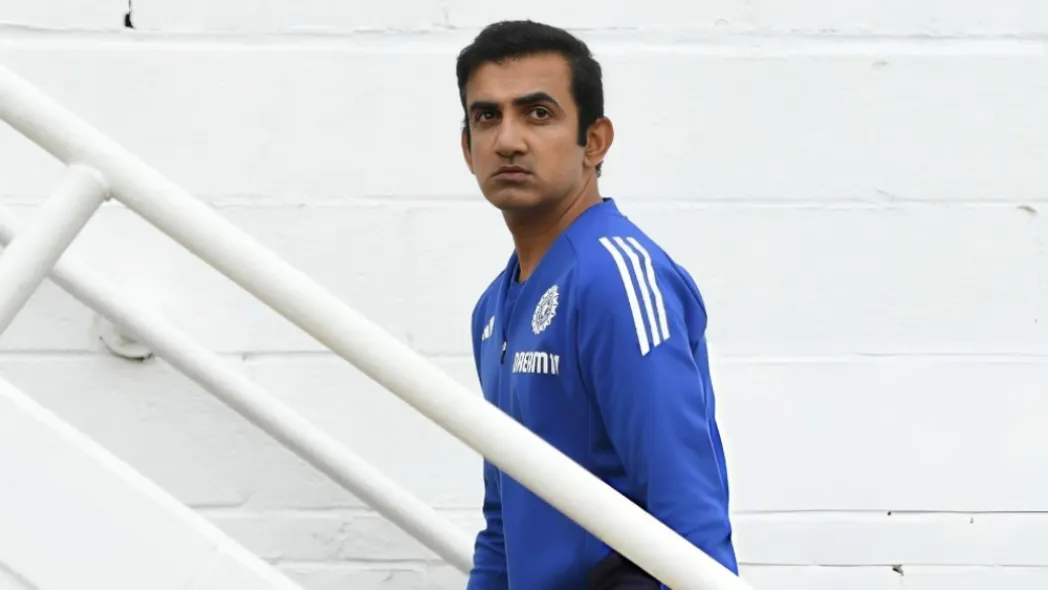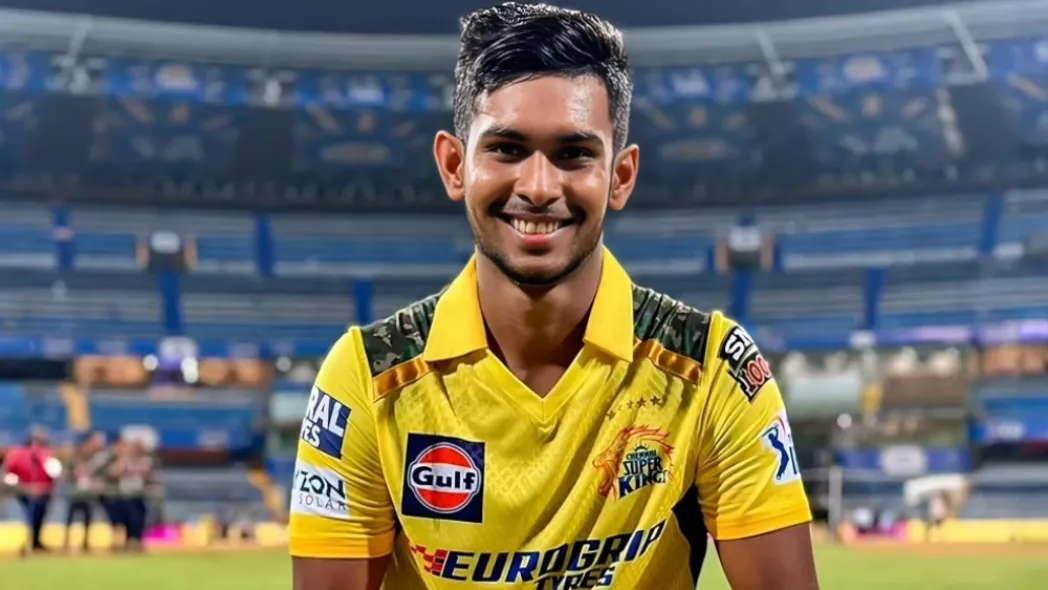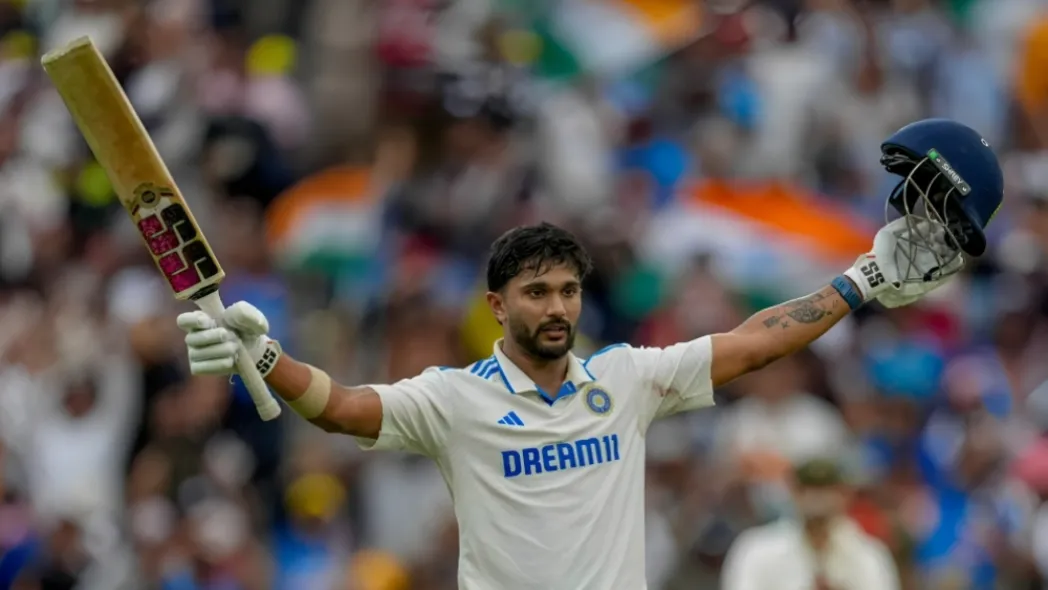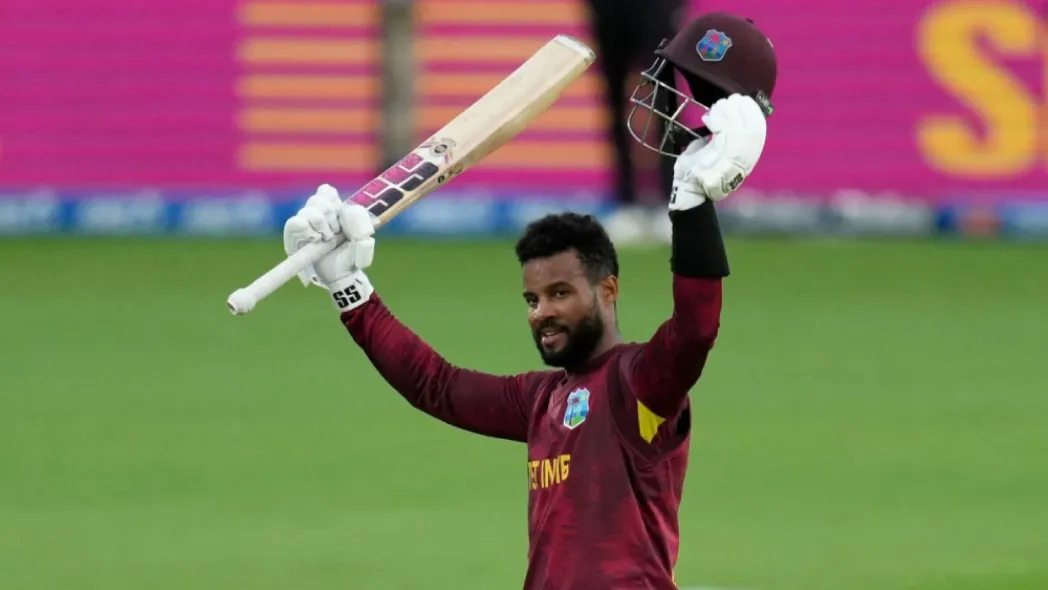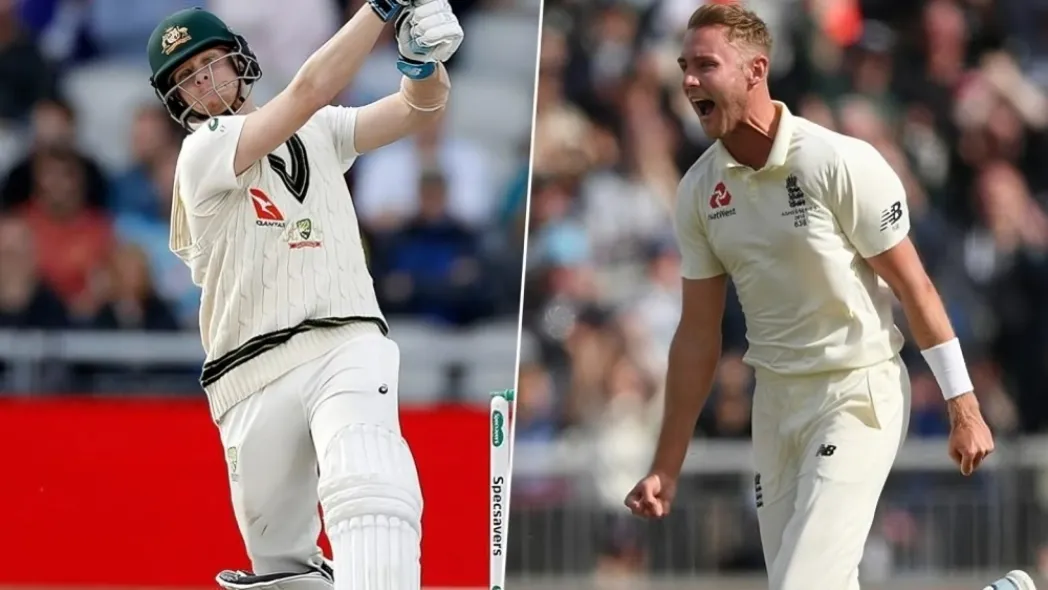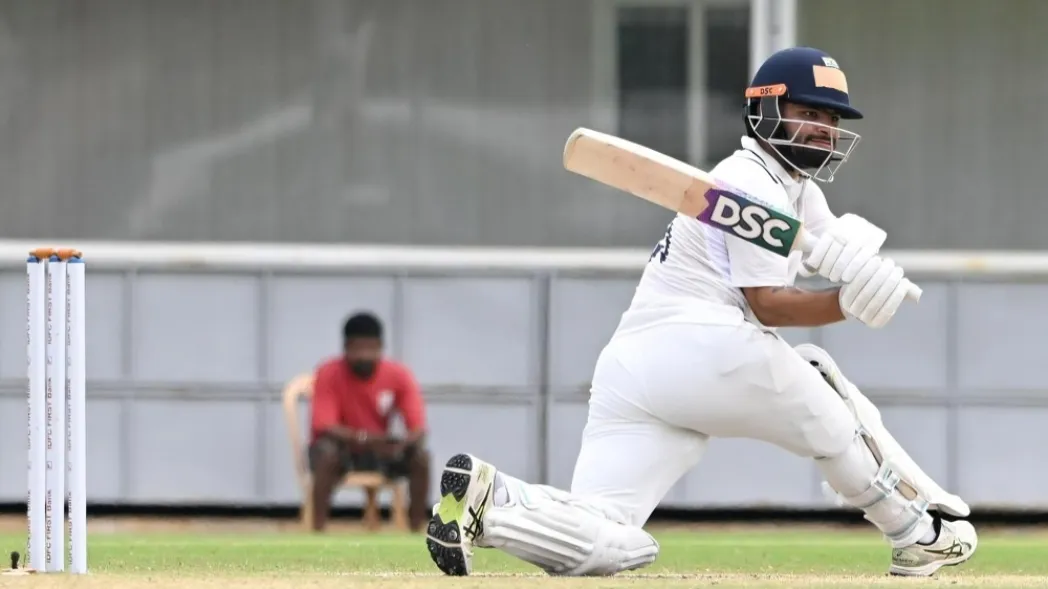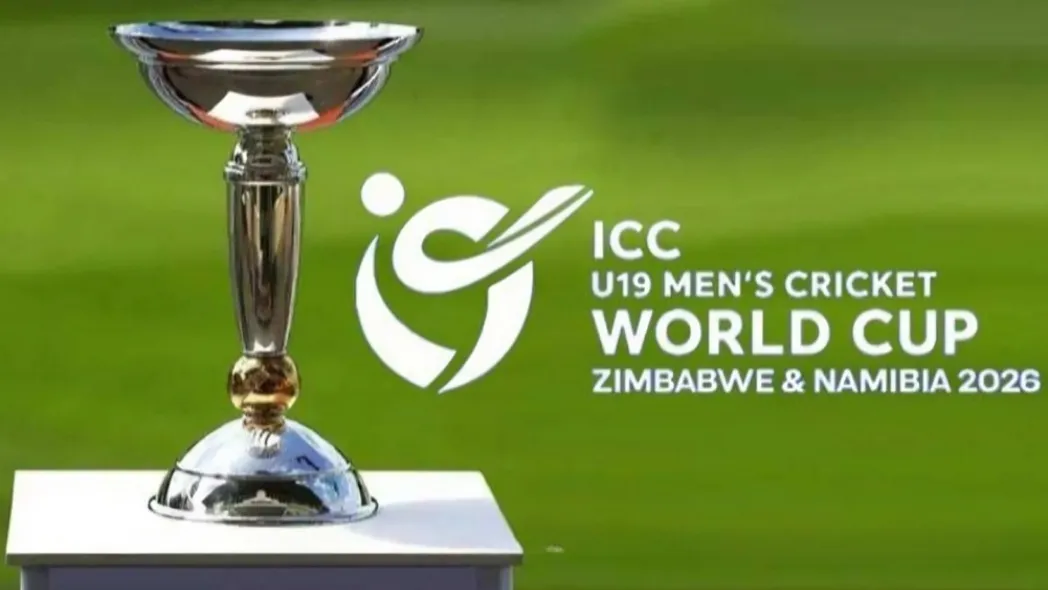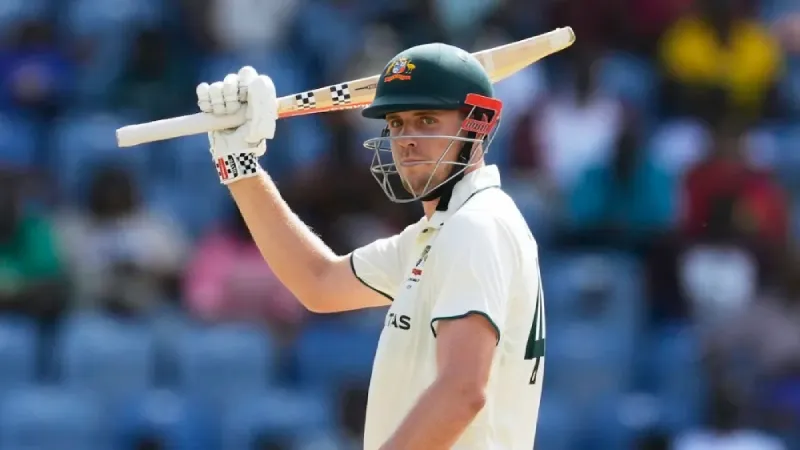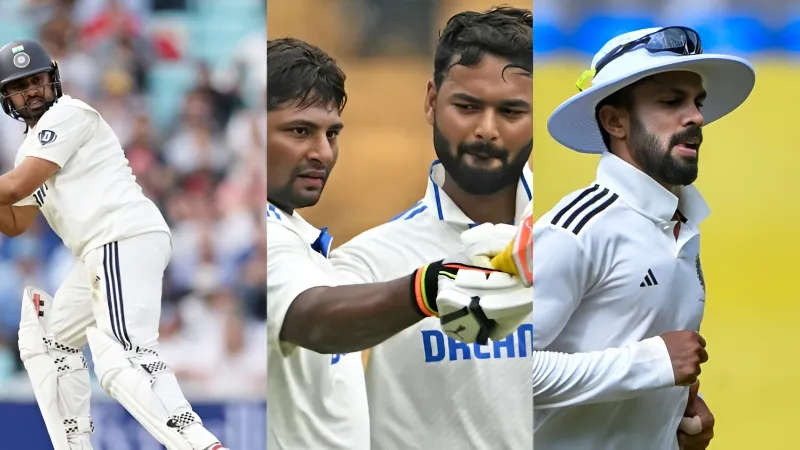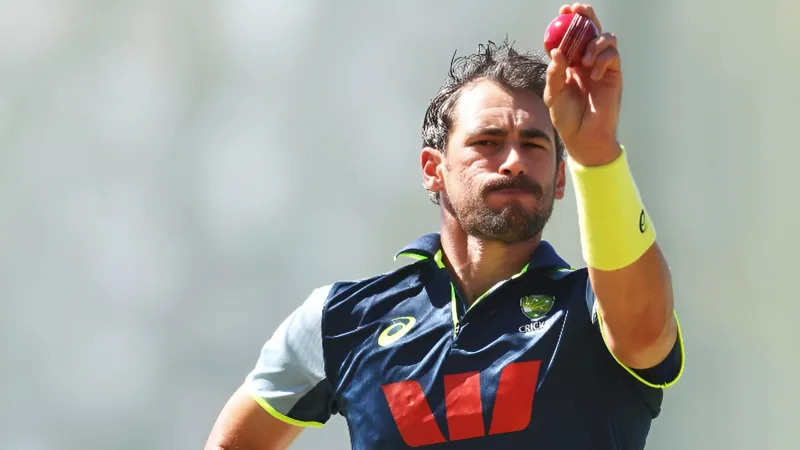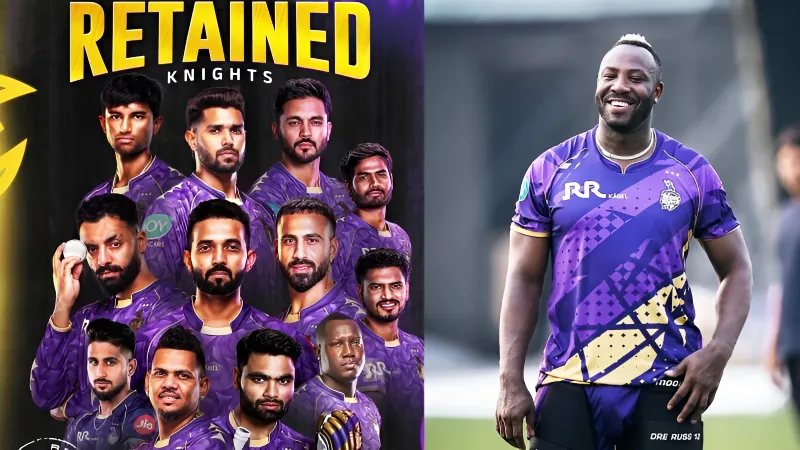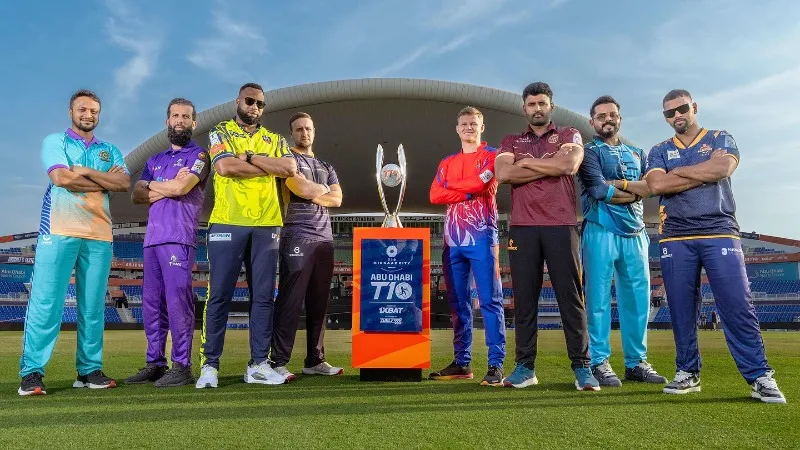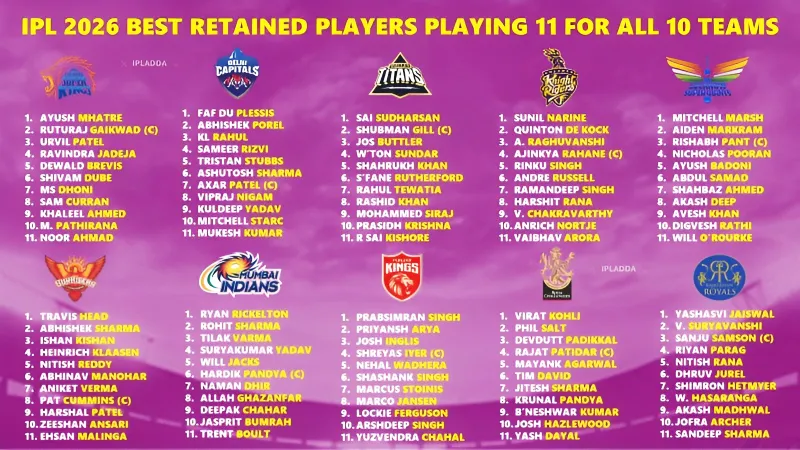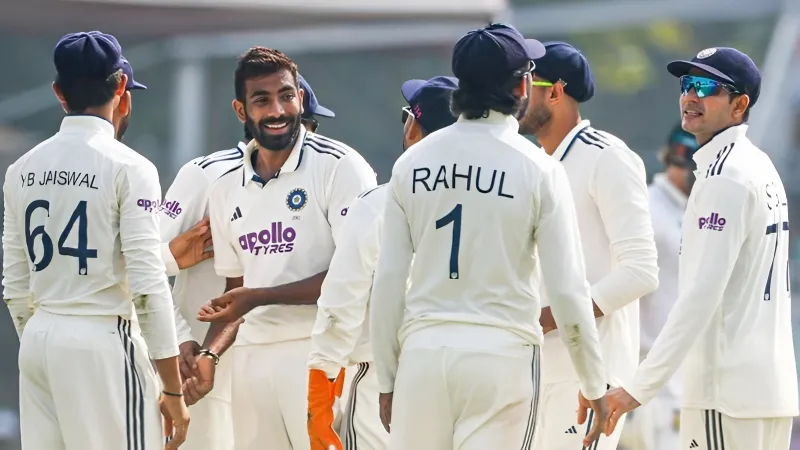Every single Cricket Auction is made up of an array of purse numbers and Player Names, but the WPL 2026 Auction feels more than that – It’s a Tipping Point. On Nov 27 in Delhi, 277 Registered Players (two hundred and seventy-seven) are going to compete for just 73 available spots; that’s approximately a 1 in 4 shot at hearing your name called. The odds get even smaller for Overseas Players, with 83 names competing for only 23 spots.
When an international marquee roster that has 8 top-level players (Deepti Sharma, Renuka Singh Thakur, Sophie Devine, Sophie Ecclestone, Alyssa Healy, Meg Lanning, Amelia Kerr, and Laura Wolvaardt) can all be on one auction list, this makes the stakes of this auction different than other auctions. The WPL does not have the luxury to treat each player as if they are in their own individual auction anymore; it’s the first time the WPL will have to make real financial decisions.
The First Bottleneck: Too Much Quality, Too Few Seats
More than just an expression of the competitive spirit, the participation of 194 Indian players, including 52 capped internationals, is an indicator of something larger: we have created a true pathway into the league. That said, with only 73 positions available to franchises in the pool, three-quarters of the pool of players will leave empty-handed.
The ₹50 lakh bracket alone has 19 players, each of whom would be an automatic pick in most leagues. Here, though, even someone like Deandra Dottin or Heather Knight could realistically be overlooked if teams spend early on Indian all-rounders.
Pricing Paradoxes That Could Shape the Auction
The most interesting subplot? Renuka Singh Thakur and Laura Wolvaardt, both in the marquee set, registered at a price lower than the ₹50 lakh maximum.
The lower base price in a mini-auction will encourage more bidders into an auction and create increased competition for players; as a result, many of the players that end up being the most expensive (and therefore the highest paid) will be players whose initial bid was low. On the other hand, there are only so many players who could be considered elite players, and only a few elite players from this group are expected to generate bidding wars.
The likes of Healy, Lanning, Devine, Ecclestone, and Deepti are among the best in the world – but some of these players won’t even generate enough interest to generate a bidding war because many teams do not have the money to compete for them.
The Domestic Middle Bracket Becomes a War Zone
The ₹30 lakh list, a massive 88 players, is where teams will quietly build championship-winning depth.
This tier includes proven performers like:
- Grace Harris
- Sneh Rana
- Chloe Tryon
- Radha Yadav
- Kate Cross
- Titas Sadhu
And dozens of emerging Indian all-rounders who offer exactly what teams crave: versatility with low cost.
Generally, WPL sides have learned the hard way: title runs aren’t built on stars alone. They’re built on the No. 5 batter who finishes games, the 3rd seamer who bowls the 18th over, and the spinner who doesn’t panic under pressure.
WPL Crosses the Threshold of True Professionalism
What the WPL is experiencing now mirrors what the IPL felt around 2013–2015, when the pool first became larger than the purse.
Back then, the league moved from “talent hunt” to “talent squeeze,” forcing teams to get smarter.
The presence of 66 capped overseas players, nearly double what most leagues can absorb, mirrors Australia’s Big Bash in its peak years, when world-class players frequently went unsold. This isn’t a sign of instability; it’s a sign of maturity.
The WPL has officially become supply-heavy, demand-sharp, and strategy-driven, the three markers of a long-term global league.
Key Takeaway
The WPL 2026 auction isn’t about money, it’s about strategy in a talent-heavy, purse-tight era.
FAQs
1. What makes the WPL 2026 auction so competitive?
A massive pool of 277 players competing for just 73 spots, including 83 overseas names.
2. Why do some marquee players register at lower base prices?
Lower prices attract more bidders and often lead to bigger final bids.
3. How will purse gaps affect this auction?
Teams like UPW (₹14.50 crore) can dominate bidding, while MI and DC must rely on smarter, value-driven picks.
Disclaimer: This blog post reflects the author’s personal insights and analysis. Readers are encouraged to consider the perspectives shared and draw their own conclusions.
Step into the world of cricket with JeetBuzz News—where expert opinions, trending Blogs, and behind-the-scenes insights meet all your favorite topics. Stay informed, stay entertained, and never miss the stories shaping the cricketing world—only on JeetBuzz News!

